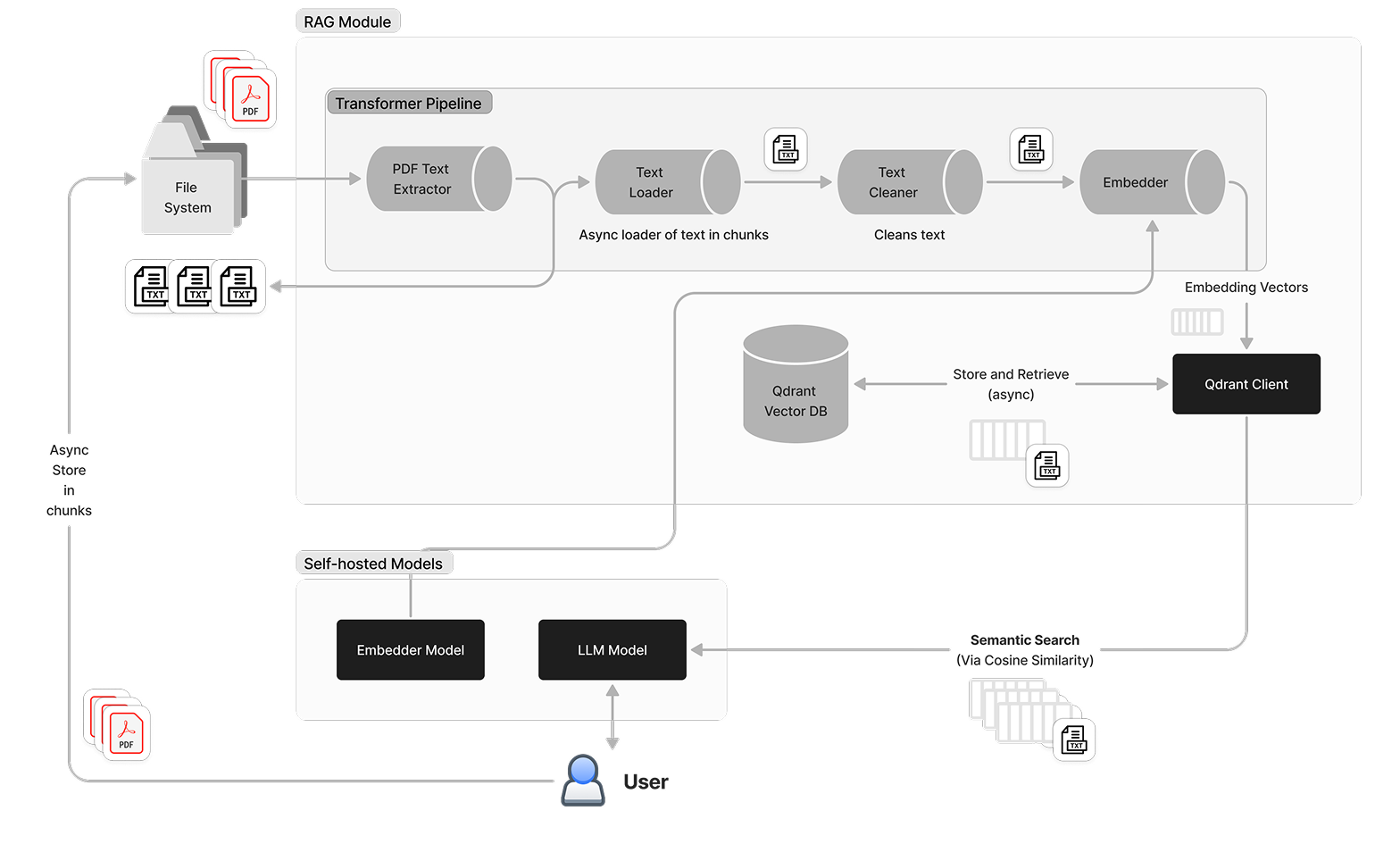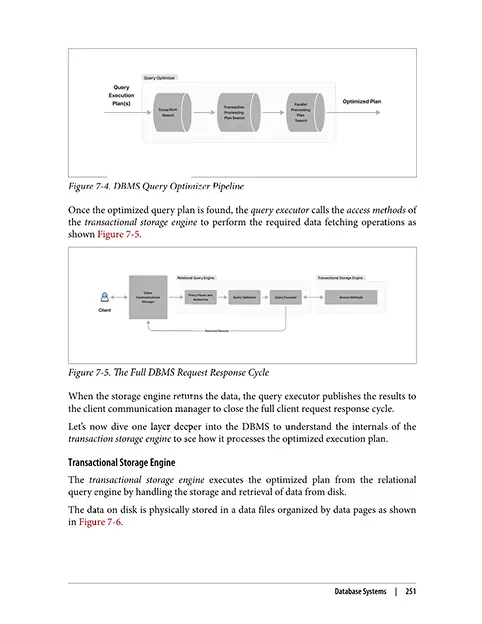I'm a Chartered Engineer in the UK, software engineer
and data scientist with over a decade of experience
designing and building scalable AI-powered products for global brands
and startups.
As an AI advocate, I started London's Beginners Machine Learning meetup in 2018 to help people break into AI careers via hands-on workshops
and community events. Since then, my workshops have helped 1,500+ engineers
and developers master development concepts. I've also taught multiple
software engineering bootcamps for Code First Girls, empowering more women to establish their tech and AI careers.
Having led engineering teams at multi-national consultancies and
tech startups across various markets, I wanted to bring my
experience to you in a structured book so that you avoid feeling overwhelmed and confused like I did when I was new to building
generative AI tools.
If you’re into AI, FastAPI, or just curious about building apps,
let's connect! 🚀





























































